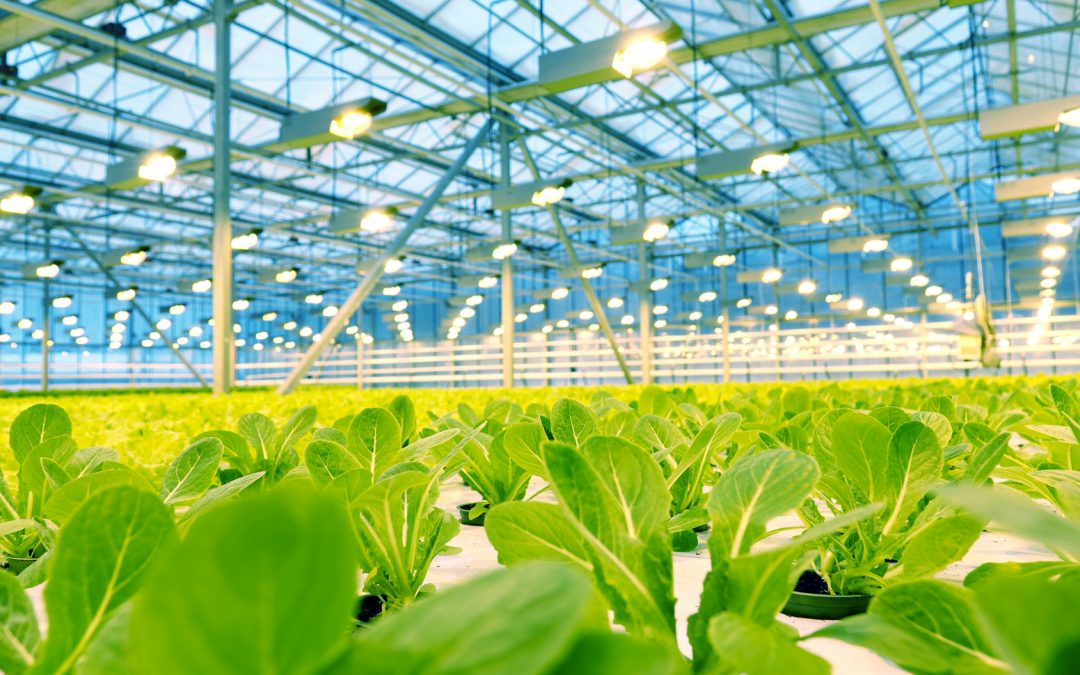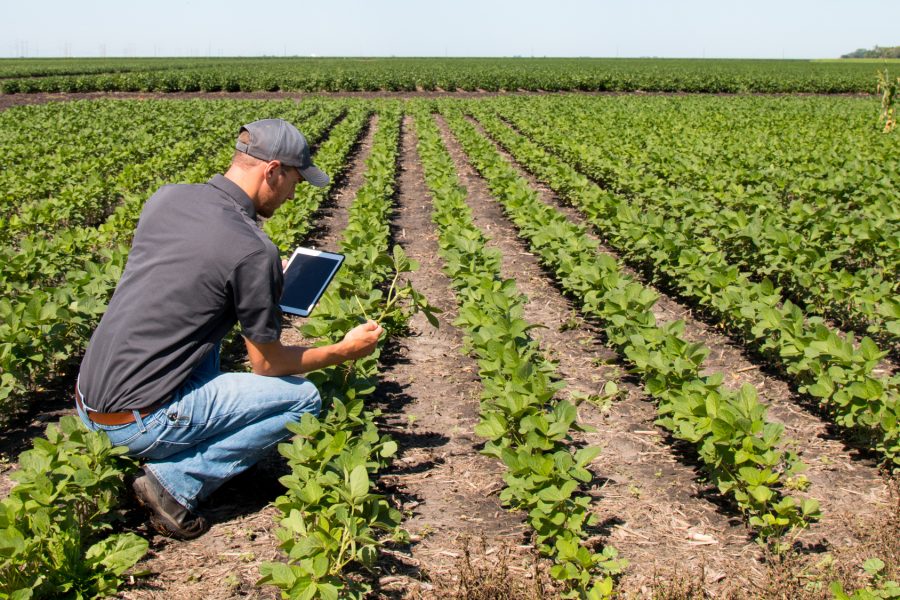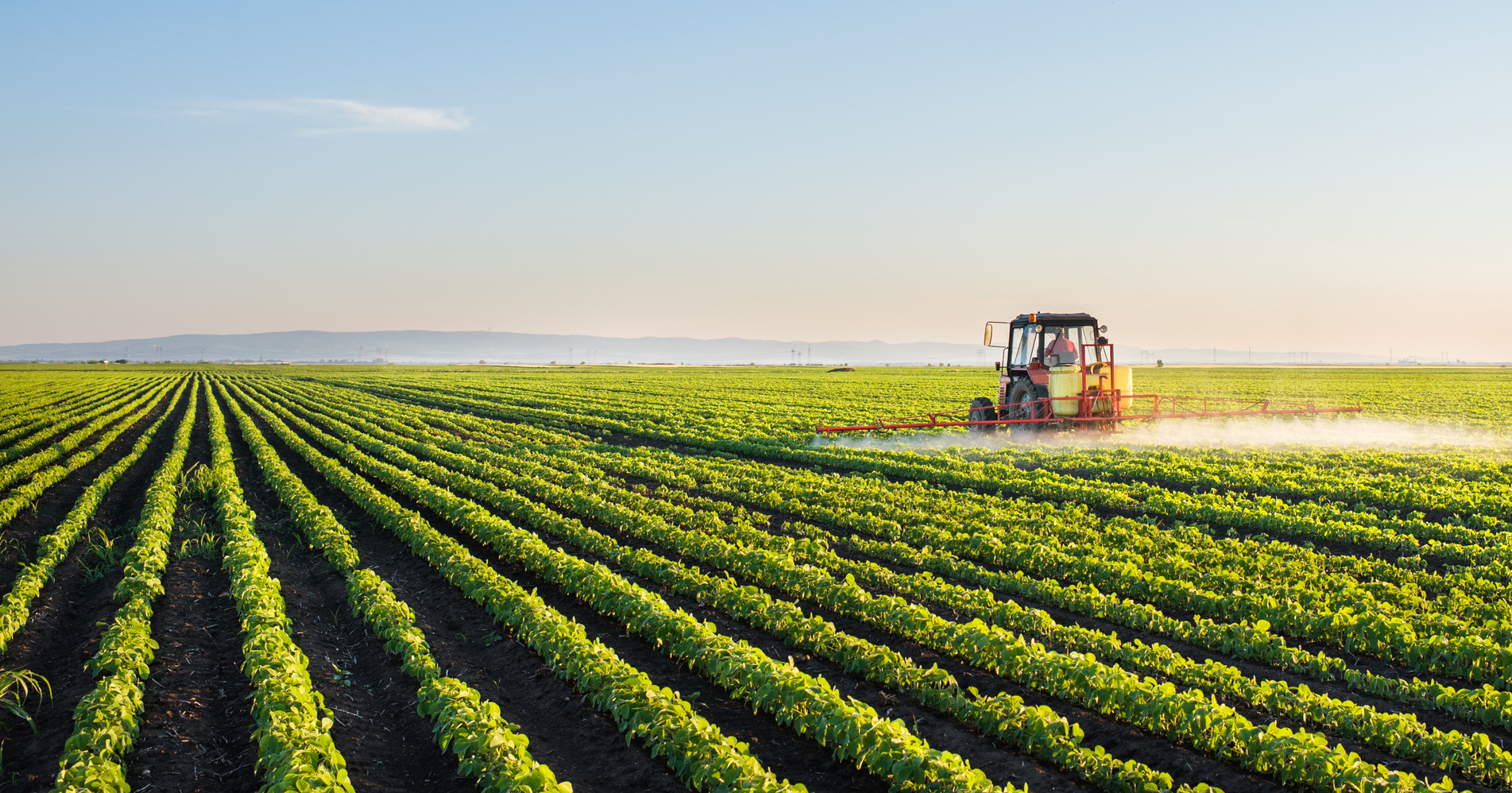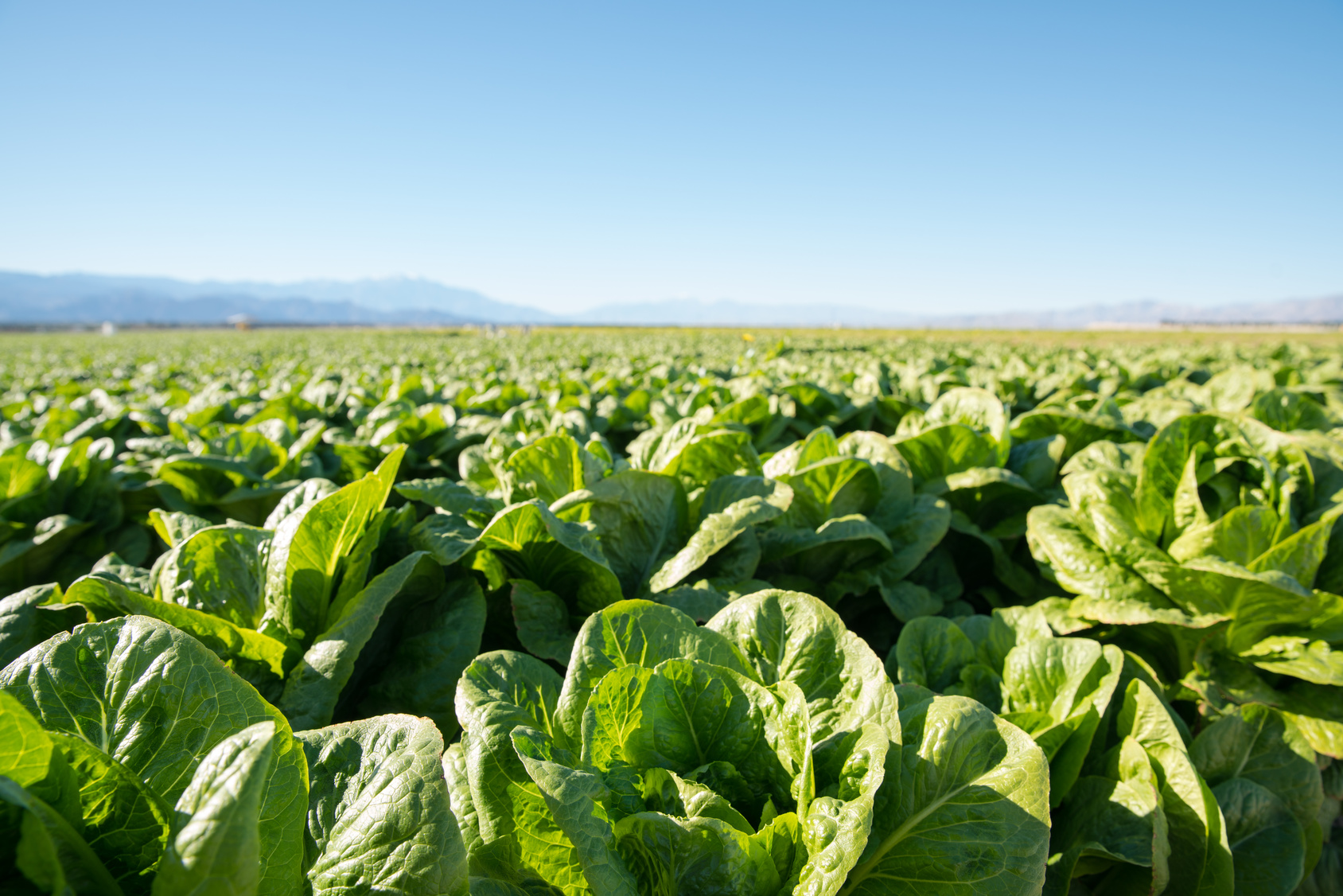Are we running out of food?
The short answer is yes. As of 2016, there were roughly 815 million undernourished people in the world. Beyond that, several billion suffer levels of serious micronutrient malnourishment.
But the United Nations says that the world’s population is growing, on track to hit 11 billion by 2100.
This is going to get a lot worse before it gets better, isn’t it?
According to a recent article in Environmental Health News, it’s a little more complicated than that.
“The world’s future food production faces several potentially serious biophysical constraints. One is the availability of arable land. Most of the best land is already in production, and much of it is adjacent to urban centers (that is why human populations have tended to concentrate there).
Furthermore, much of that land is being lost to soil erosion and degradation. The addition of more than 3 billion people to the global population seems certain to tighten this constraint. A review nearly a decade ago of the prospects for feeding “just” 9 billion people in 2050 highlighted some of the enormous hurdles the world would have to overcome in just the first half of this century.
A second major constraint is likely to be declining soil quantity and quality, including erosion, depletion of many nutrients not contained in fertilizer, but also degradation of soil texture, and disruption of the soil microbiome that can be critical to crop productivity. The key nutrient phosphorus might be especially problematic, but that issue is debated.”
That’s the bad news.
The good news is that none of this is actually going to happen.
Yes, the food supply is being tested. And, yes, we are going to need to do more with less going forward.
But no, we aren’t going to run out of food.
I like to think of this like “peak oil.” For years we were told that eventually the world was going to run out of oil, and we’d better have a new solution to meet our energy needs figured out by then.
But innovation solved that problem for us (not once, but twice.) Today, for every barrel of oil that we pump out of the ground the equivalent of roughly two new barrels of supply are created, by tapping previously unexplored areas for production, developing new alternative energy sources and otherwise squeezing new efficiencies out of the system.
The same thing is already happening in ag.
Take indoor farming. Indoor horticulture of greens, microgreens, herbs and vine crops is roughly 170 times more productive than outdoor fields, generating more than $2 million in revenue per acre annually versus just $500 outdoors. Indoor farmers can also control their own environments, creating ideal climatic environments to extend growing seasons and shorten the time it takes to grow a seed to harvest. Farmers in the Netherlands have been able to boost tomato yields to 5x the next closest producer by embracing indoor farming and leveraging new agricultural efficiencies.
Or consider alternative proteins. More than half of the grain grown in the U.S. and 40 percent worldwide is currently being fed to livestock as feed, along with 95 percent of all soybean production. If the U.S. segment of that were instead fed directly to people it would feed more than 800 million annually. Insect protein is far more efficient, delivering 25x the protein per hectare versus soy protein or grain for livestock and aquaculture feed.
These kinds of solutions are coming from innovative startups.
Agrilyst is helping indoor and vertical farmers produce more yield per acre and boost the efficiency of their operations.
HerdDogg is allowing ranchers to better monitor and track their herds online in order to maintain production levels and optimize the growth cycle.
Agrible is developing real-time agronomy tools to help grow sustainable crops on the farm.
KnipBio is creating environmentally responsible fish feed alternatives for sustainable global aquaculture.
Holganix is addressing water usage, soil health, erosion, microbiome development and cost effectiveness across all of ag.
Agrible is working to improve transparency, traceability and sustainability in the industry.
Arvegenix provides a cover crop that returns carbon to the soil and generates additional revenue to the farmer.
Benson Hill Biosystems is leveraging cloud data to improve yield and boost the nutrition profile of crops.
And that’s just the beginning.
Agtech is changing the industry, and might just save our lives someday.
I’m not pessimistic about “peak food.” I’m optimistic because I will always bet on innovation to solve major global problems.






